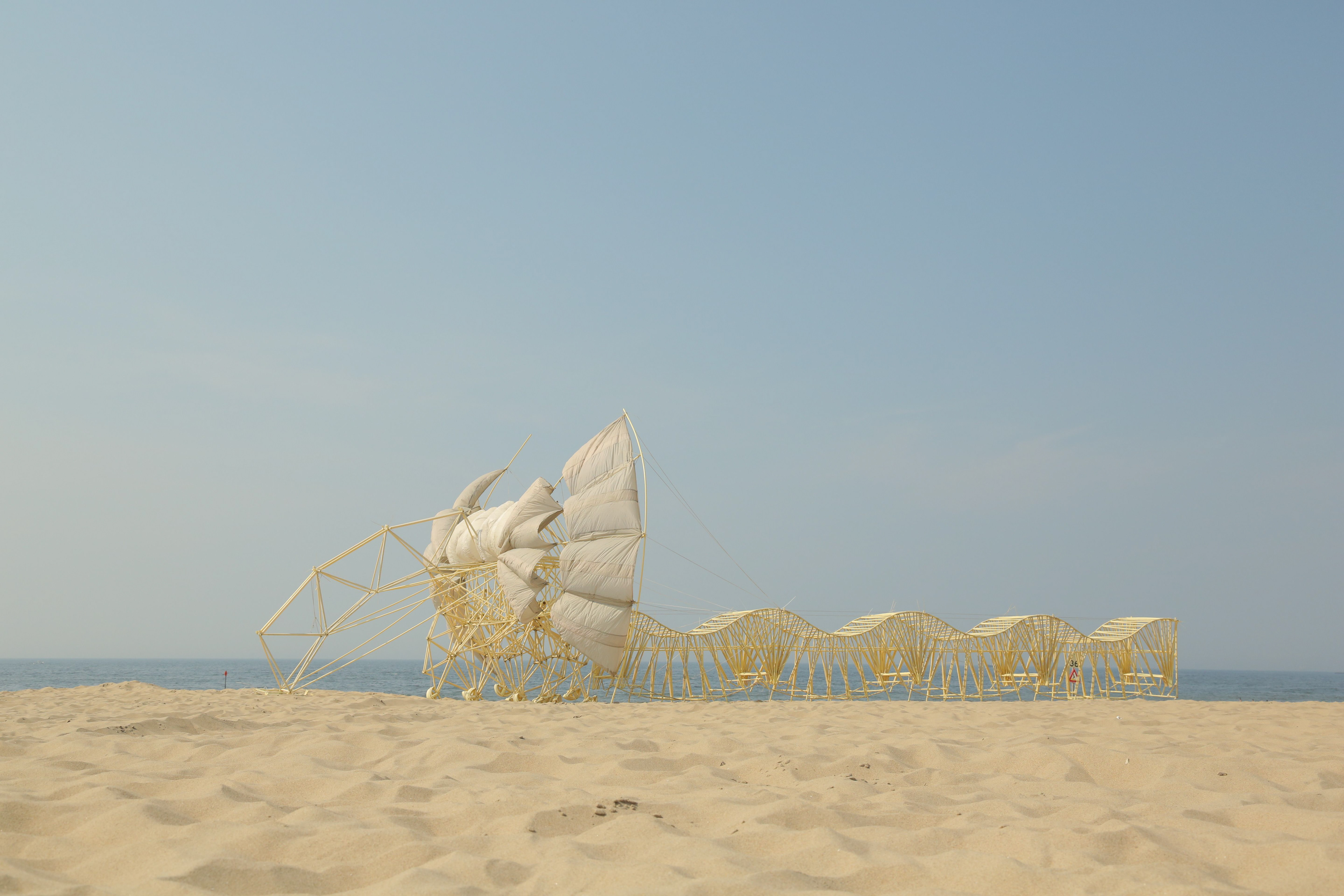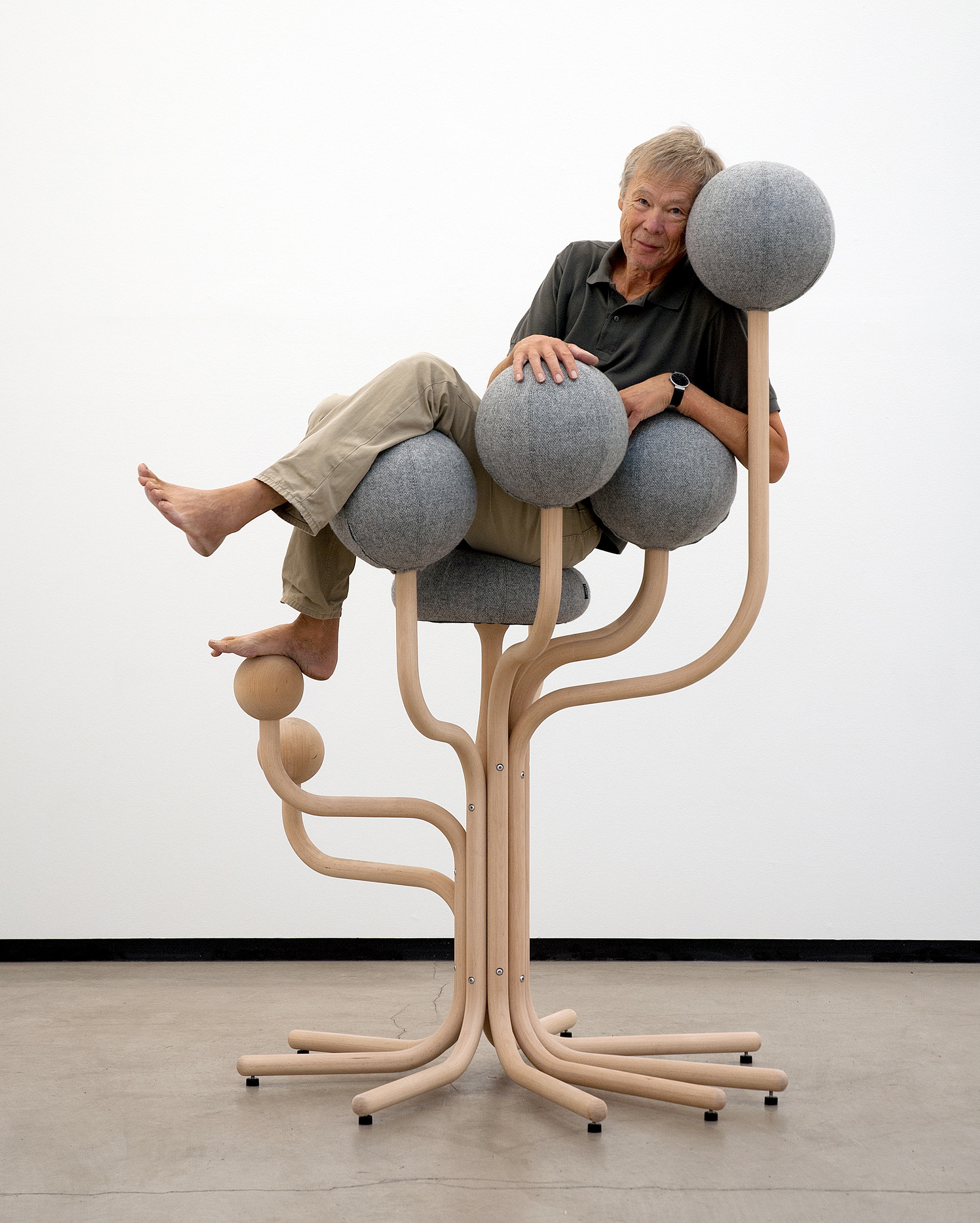Professional Identity
My professional identity is defined by a dual university background - Architecture and Industrial Design Engineering. This combination made me very sensitive to the spatial aspect of designing and environmental influence on behavior. It taught me to perceive a problem in a very holistic way. When tackling a case I look at it both as a designer, architect and interior planner, and I can see different connections on each of the levels. Most importantly, it allows me to change the level of focus and understand "why" certain things are happening.
I am very curious about the world and love observing phenomena around me. When addressing a design case I first look for the examples and inspirations in real life. I observe users' behavior in their context and try to understand and map what I am witnessing. Only then I turn to users to gain their perspective and empathize with them. In the next stages, I compare my observations and user views to have a full idea of the problem and define requirements for the design.
I believe in the conscious use of modern technologies in design. In my academic education, I gained a lot of knowledge both on mechanical structures and programmable interactions. A great advantage of mechanical solutions is the ease of understanding how they work, which influences intuitional interaction with products. Use of electronics on the other hand can benefit in supporting users in their daily challenges. I support a slow-tech philosophy and using meaningful rather than overwhelming interactions with the product. I am interested especially in the shape-change and modular approach in tangible design supported by nudging interaction. I believe it influences flexible usage of space and objects which is one of the most important values for me in modern design.
In my work, I try to present an innovative approach by questioning the status quo. Quite often my ideas and solutions are a bit playful and provocative, but placed in a functional form. This helps me to bring meaningful interactions to users through objects that are useful for them, and thus included in their routines. In the end, I want people to smile to themselves while interacting with the products I design and help them reflect on their behavior.
Vision
I see the role of a designer as an actor who can have a great impact on the world through small systematic influences on everyday life. As a person who can understand different stakeholders, the role of a designer is to listen, assess and make decisions keeping in mind the ethical aspect of it. There is great power in designing products and environments, however, it is important to use it wisely and be humble with personal expectations and vision about the world and respect others' different approaches.
In my professional path, I got interested in vitality and behavioral change. I truly believe humans are good by nature but the world around us and how it is designed have a big impact on people's behavior. By making it better tailored to our natural tendencies we can achieve an environment supporting behaviors we want to. The final decision, however, should always belong to the user. Due to my personal experience and hobbies (rock climbing, aerial silks, snowboarding), I am particularly interested in office vitality, increasing physical activity, maintaining mental health and sustainable design solutions. For many years I was a volunteer, thus pro-social values are close to my heart. During my Master's I worked a lot on office vitality and in the next steps I would like to use my knowledge and translate it to broader topics on wellbeing and sustainability.
To achieve this I believe in a slow-tech approach and conscious use of technology. By including simple but meaningful interactions in everyday objects a slow but consequent behavior change can be achieved. I observe that in modern days many people are overwhelmed with the amount of technology around, constant notifications and interactions that could be performed. Limiting those stimuli and making them meaningful could bring positive change. As designers, we have the responsibility of making users addicted to the product we design, so it is important to use persuasive frameworks consciously and consider the long-term influence of the proposed solutions.
I also have a strong faith in flexibility, shape-change approach and modularity in design. It can be both a sustainable and space-saving solution, adapting to changing users' needs. Mechanical interactions on the other hand bring joy, and playfulness and are easy to understand. By allowing users for personalization of the product it can support their feeling of agency and motivation towards behavior change.
I draw a lot of inspiration from a rather traditional style of design. Peter Opsvik is one of the furniture designers I admire. By using simple technology and basic shapes he ideated for changing and moving rather than static posture. His solutions are simple yet timeless and innovative (Opsvik, 2002). On the other, more technical side, stands Theo Jansen with his amazing Strandbeests (Jansen, 2008) - structures that can move using shore wind. In his designs, I am amused by how very technical structures can receive their personalities and unique style of interaction without any electronics. The way he managed to use the wind as a co-designer of his "beasts" rather than an enemy, inspires me to design together with nature. This could be particularly interesting combined with Object with Intent (OwI) (Rozendaal et al., 2019) theory and development of personality for products.

Siamesis sketch by Theo Jansen

Mullus beast by Theo Jansen

Garden by Peter Opsvik

Variable by Peter Opsvik

Swing by Peter Opsvik
Jansen, T. (2008). Strandbeests. Architectural Design, 78(4), 22-27.
Opsvik, P. (2002). Rethinking sitting. Visual Communication, 1(1), 35-39.
Rozendaal, M. C., Boon, B., & Kaptelinin, V. (2019). Objects with intent: Designing everyday things as collaborative partners. ACM Transactions on Computer-Human Interaction (TOCHI), 26(4), 1-33.
Opsvik, P. (2002). Rethinking sitting. Visual Communication, 1(1), 35-39.
Rozendaal, M. C., Boon, B., & Kaptelinin, V. (2019). Objects with intent: Designing everyday things as collaborative partners. ACM Transactions on Computer-Human Interaction (TOCHI), 26(4), 1-33.
Pictures retrieved from:
https://www.opsvik.no/works/
https://www.strandbeest.com